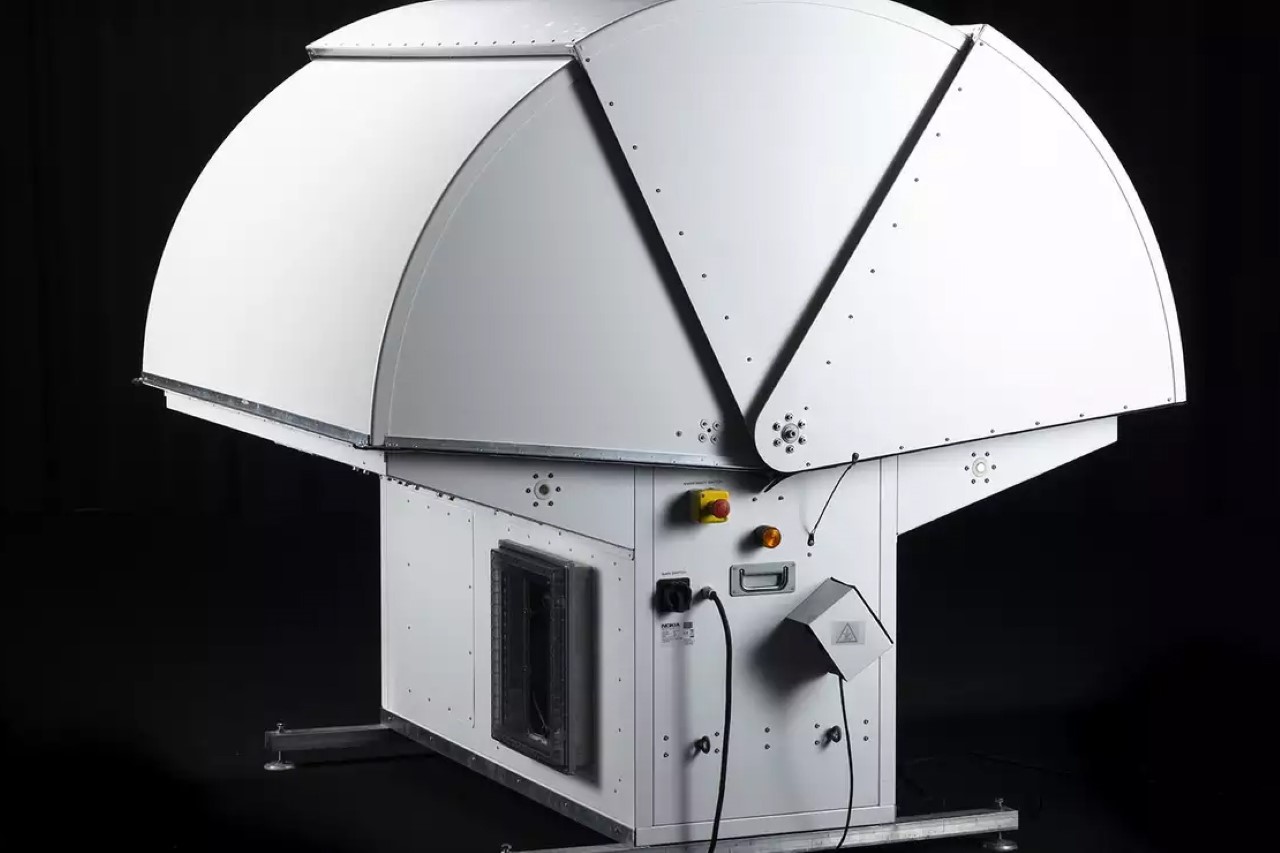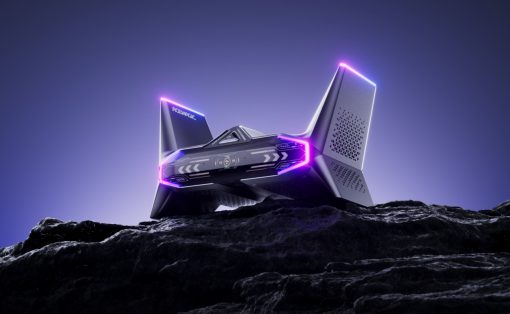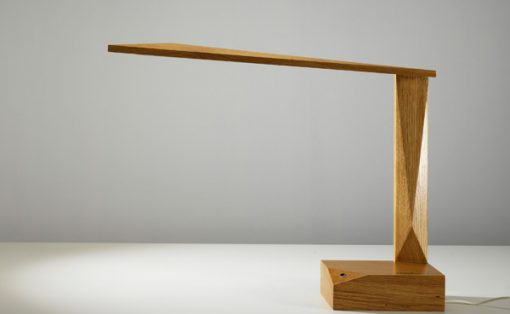The iconic phone maker unveiled a new logo this year, signifying a switch from consumer tech to actual infrastructure and business-focused solutions. Their latest product, a 5G-capable hexacopter drone drives that message home with its enterprise and industry-focused approach. The massive copter is designed to carry a variety of payloads, from cameras to scanning devices to even loudspeakers or modems. It’s crafted with robust materials, is designed to be reliable and repairable… but most importantly, it’s designed and manufactured entirely in the EU, offering an alternative to businesses and governments looking to shift away from China-developed drone technology.
Designer: Nokia
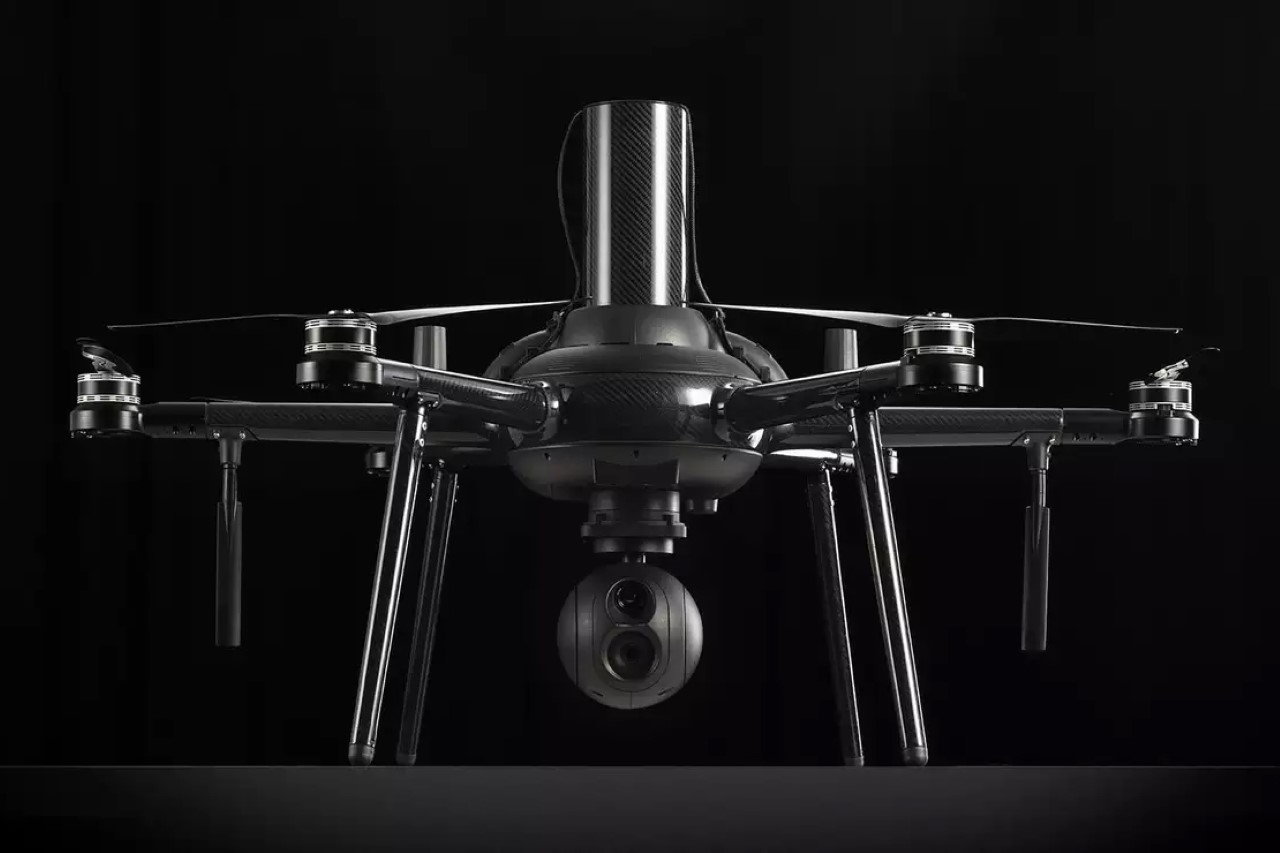
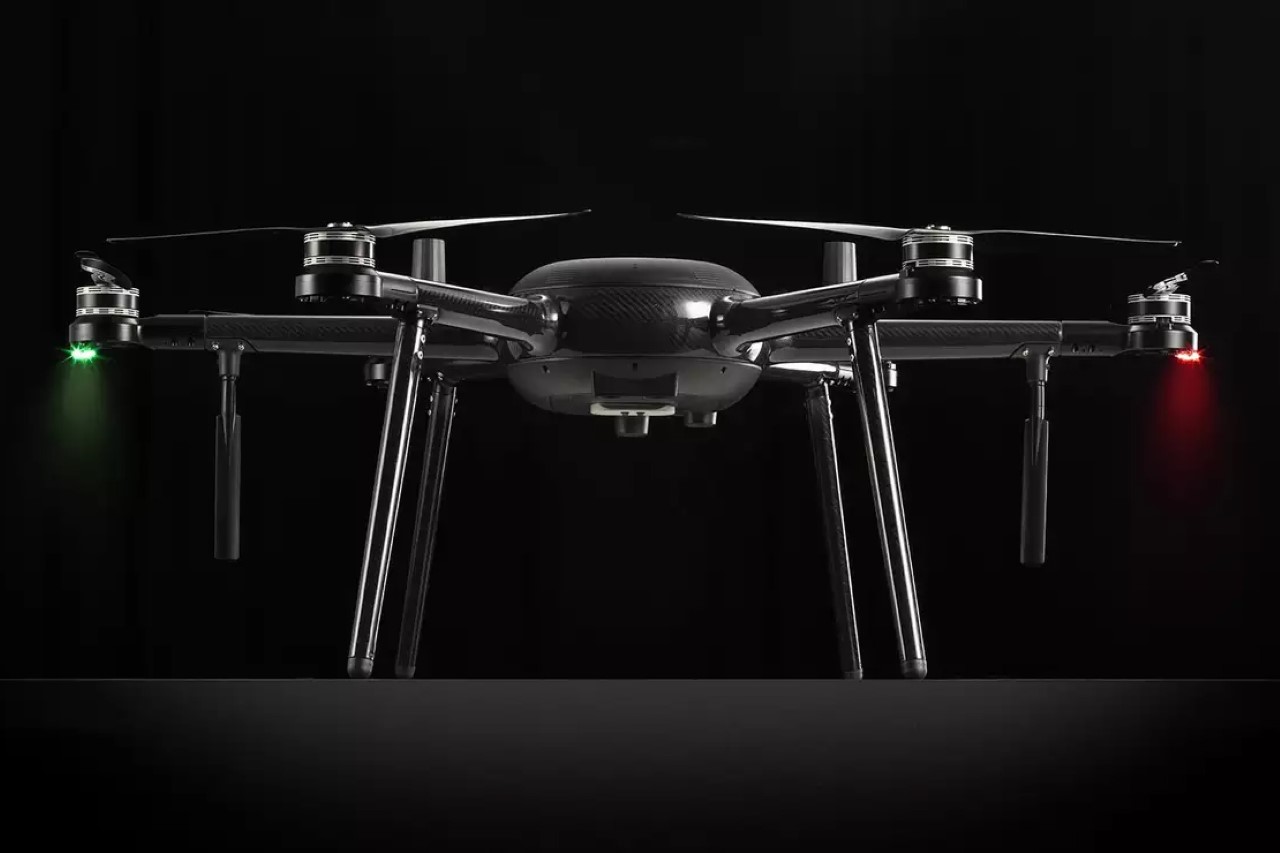
Nokia’s drone isn’t your average DJI or Parrot-style flying machine. It’s much larger, covering a span of at least 3 feet in diameter when resting on the ground. Designed for industries, construction, safety/security, emergency services, transportation, or even smart-city monitoring, the drone comes with its own docking station, dual gimbal cameras, and edge cloud processing using Nokia MX Industrial Edge (MXIE). “By connecting over public and private 4G/LTE and 5G networks, customers will benefit from the highest reliability,” Nokia’s team mentions. “Beyond visual line of sight (BVLOS) operations with real-time kinetic (RTK) positioning improves situational awareness. Dual modem connectivity allows Nokia drones to simultaneously connect to multiple networks, complying with system redundancy that is commonly required by aviation regulatory bodies.”
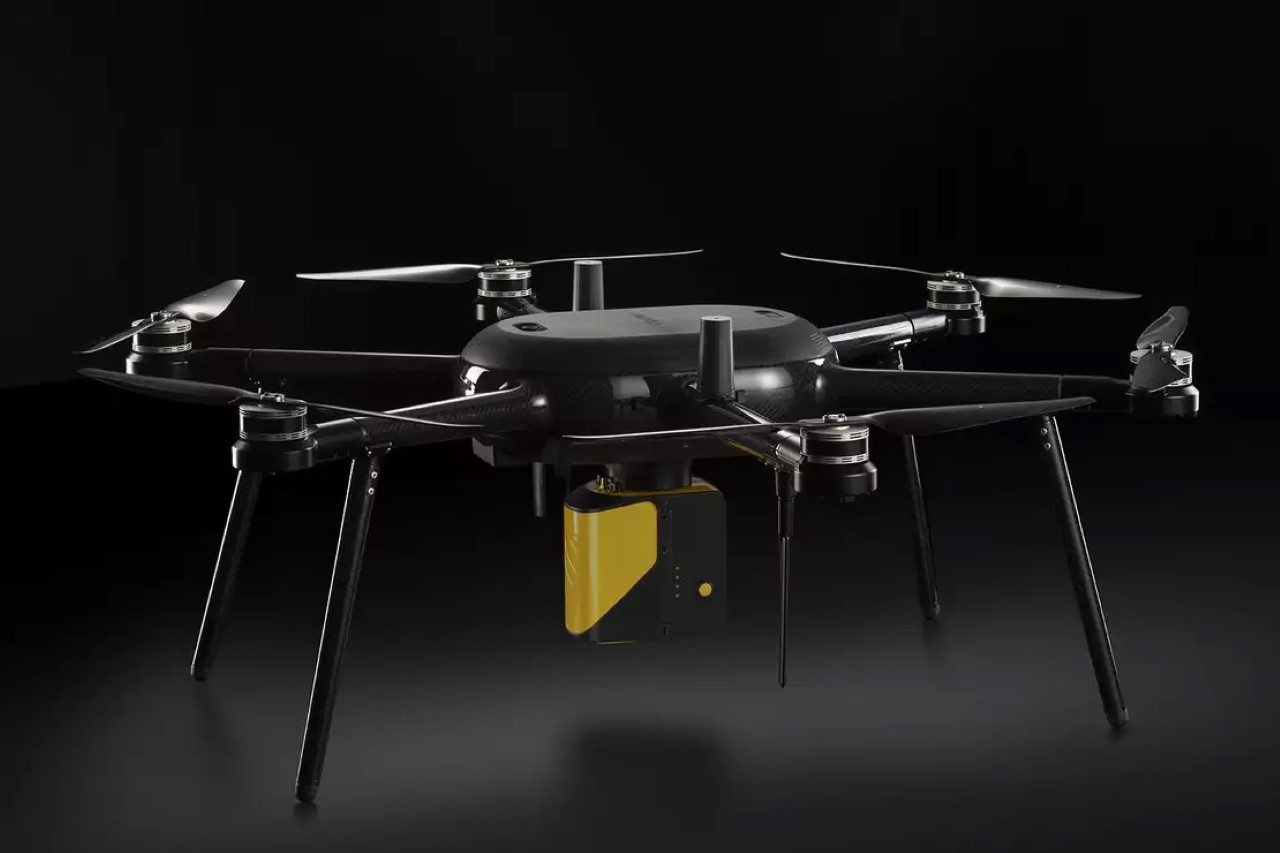
The drone comes with a 6-rotor design that’s made for effective navigation no matter the situation, weather, or environment. For drones, this one is built like a tank, sporting a carbon fiber chassis that keeps the drone light but sturdy, and an overall construction that’s water, dust, and wind resistant. Dual modems ensure the drone stays connected through its entire journey, and if the connection ever falters, the drone has its own return-to-launchpad protocols built in that allow it to make its way back to its docking station while avoiding no-fly zones.
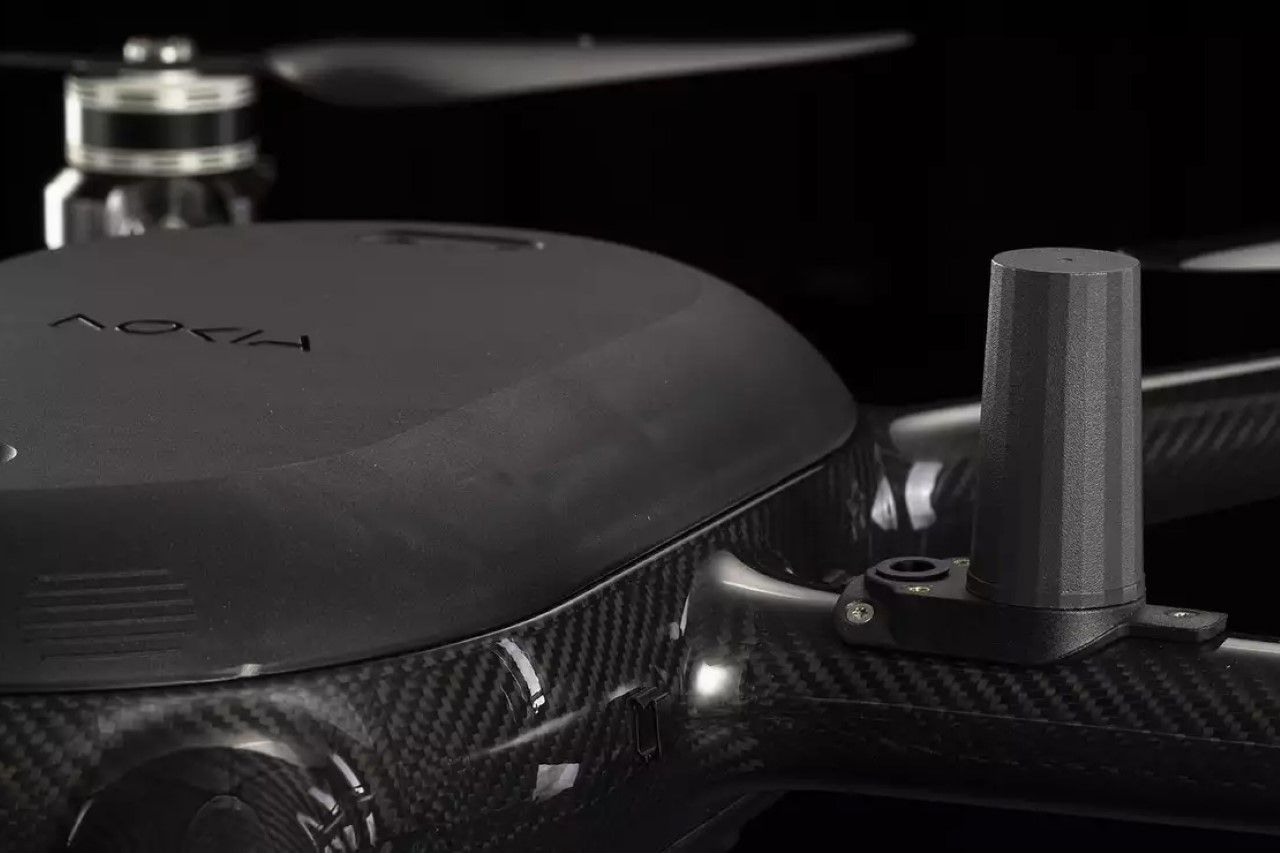
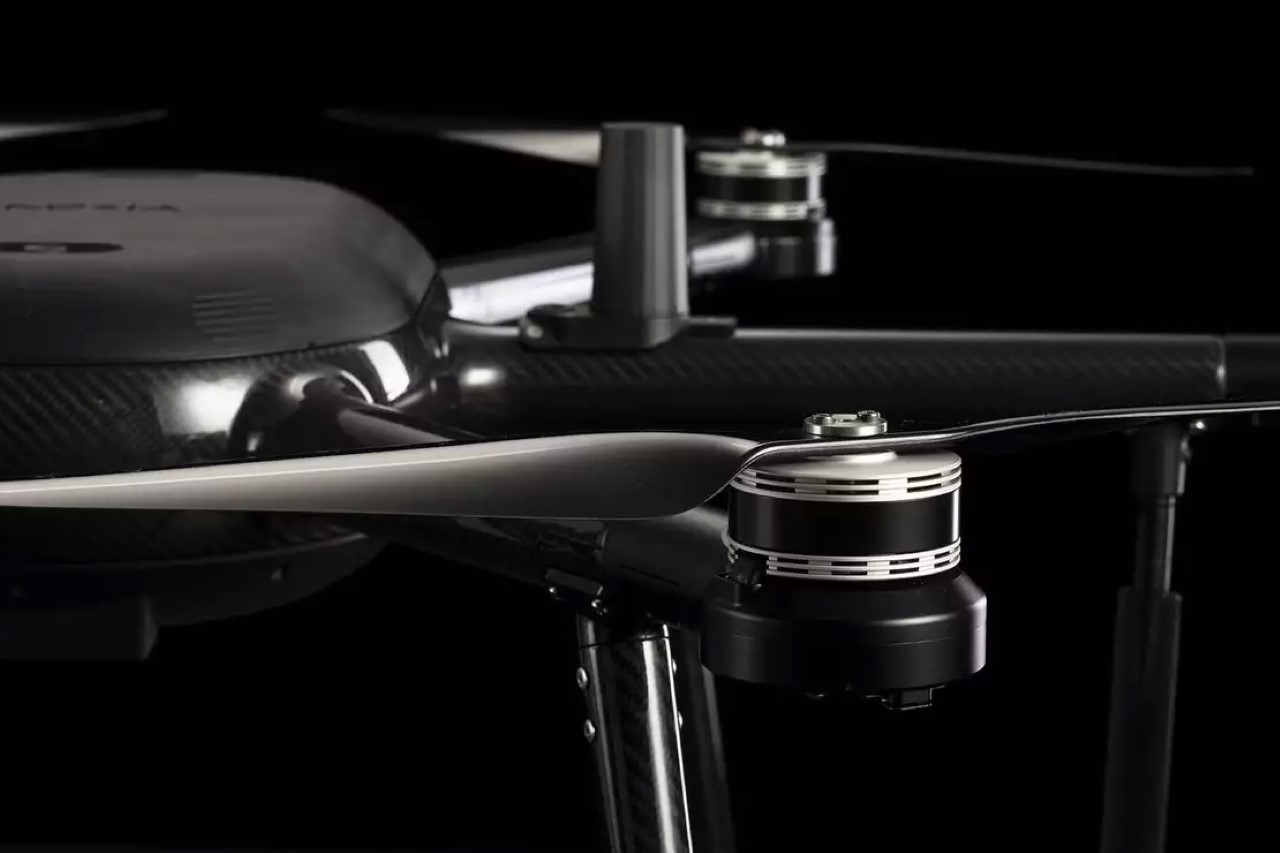
A highlight of the drone’s design is its modular lower platform that allows you to mount a variety of accessories that transform the drone’s purpose. You’ve got a dual-camera module with a Thermal and an RGB camera capable of 30x zoom, but undock the camera and you can swap it for a LiDAR sensor instead, allowing the drone to 3D scan objects and environments instead. Nokia offers other modules too, including a powerful spotlight for rescue missions, or a loudspeaker for delivering messages/warnings/alerts. If you’ve got a custom requirement, Nokia’s Payload Development Kit lets you build your own module to mount onto the drone, making it serve your mission/project’s needs.
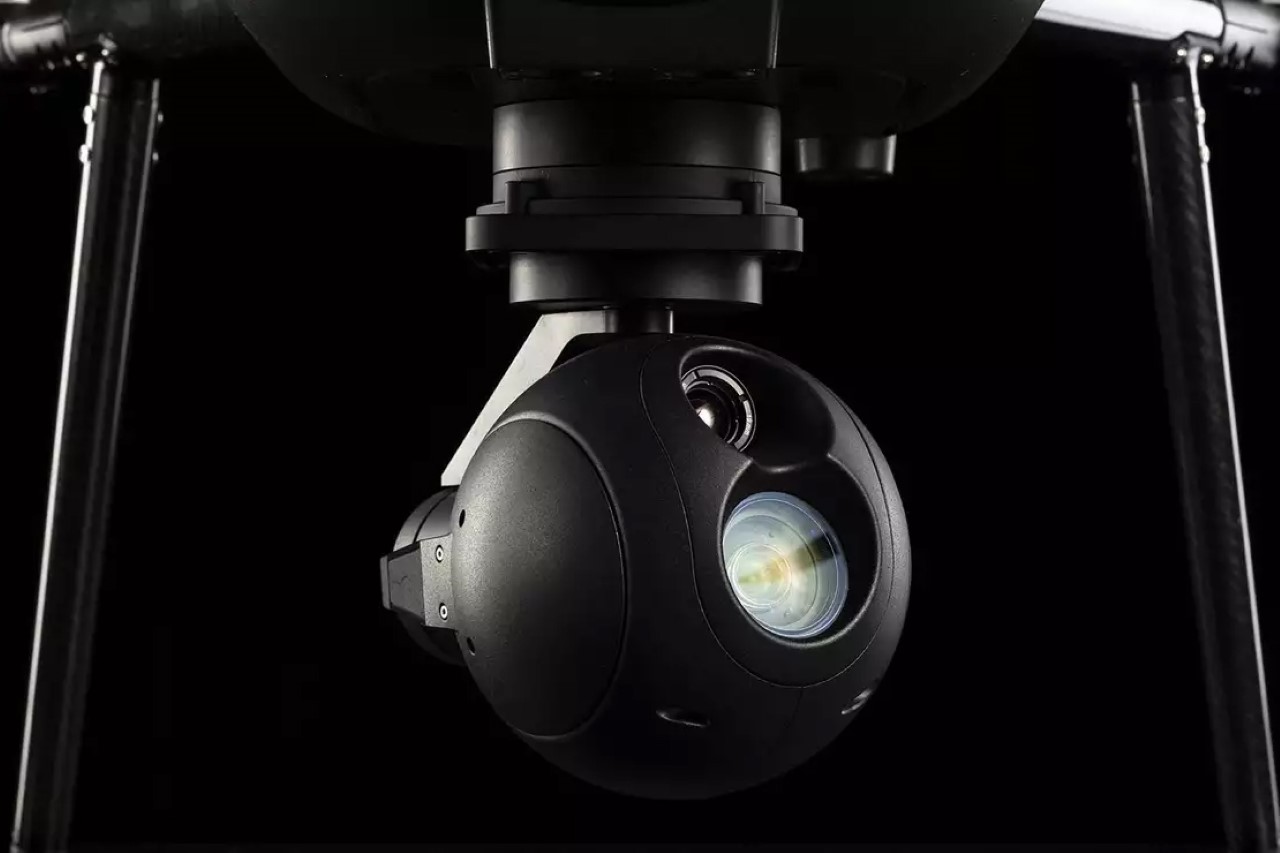
The Nokia Drone Networks solution offers remote operation capabilities for search and rescue missions and damage assessment in hazardous environments. These drones can also be programmed to conduct autonomous flights for tasks like enhancing security at major events or conducting regular equipment inspections in remote locations. The docking station not only safeguards the drone and its payload, which may include sensor devices or a dual gimbal camera, from external dangers and severe weather conditions but also remotely charges the drone in preparation for its next flight.
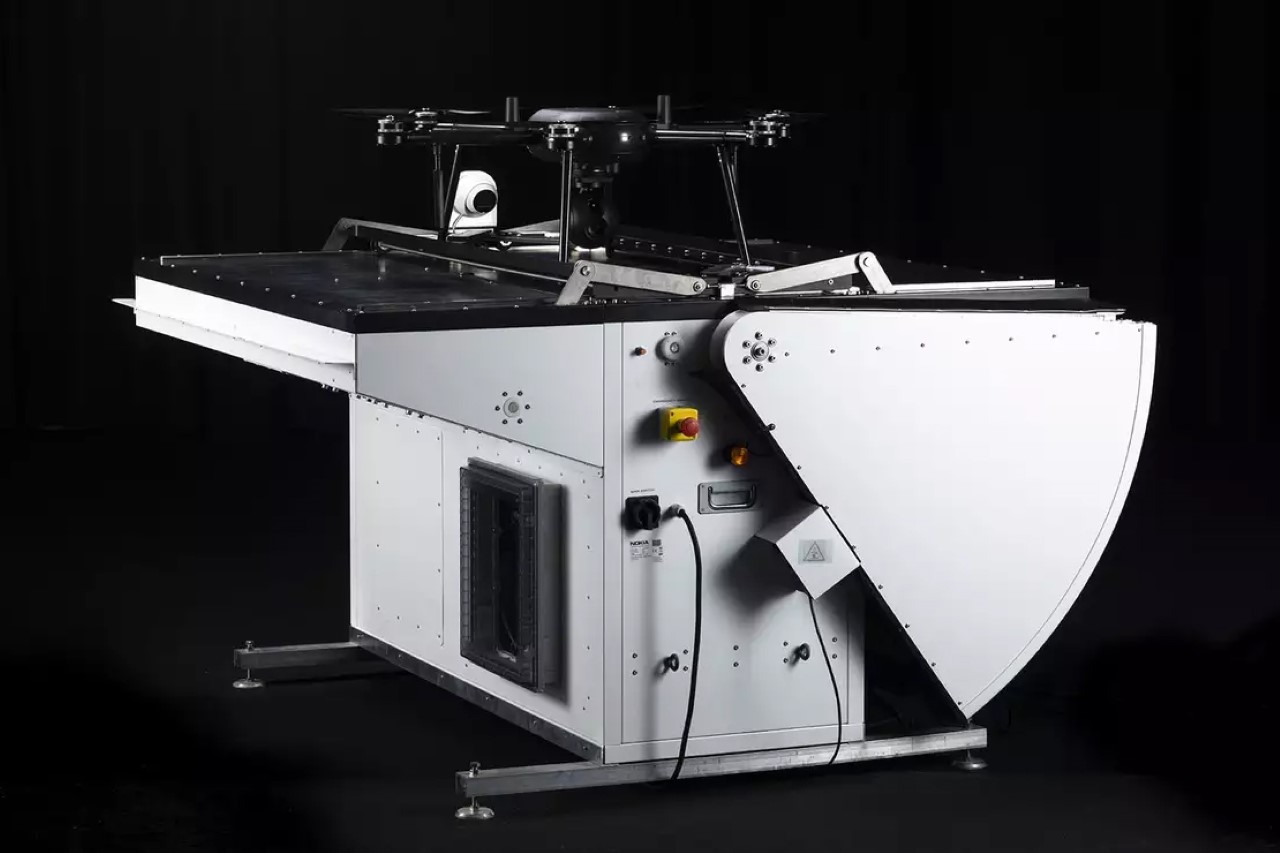
Given its enterprise/industry-focused approach, the Nokia Drone isn’t available to consumers. For businesses looking to place orders, there’s an Enquiry button on Nokia’s website.
